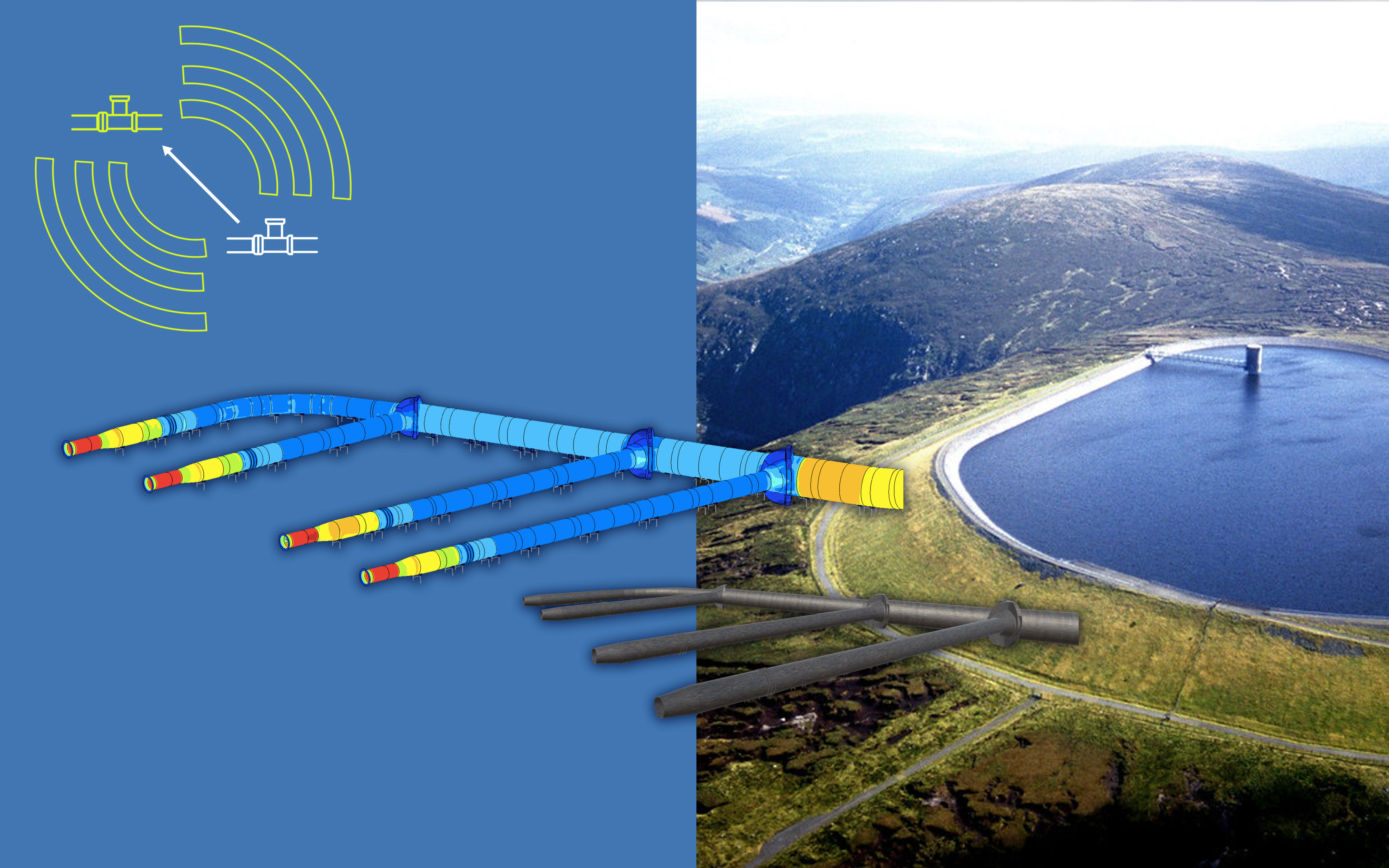747 results found
Featured results



More results

Participating in tenders abroad might not be the right strategy for every construction company, nor is it a priority for every tendering authority to attract foreign bidders.


By their very nature as long-term large infrastructure projects, public-private partnership (PPP) projects involve a vast array of interconnecting relationships. Core to any PPP project is the long-term contractual relationship between the government’s procuring authority and the private party (the project company). This is one of many relationships that will affect the success of a PPP.
Disputes in public-private partnerships (PPPs) globally involving key performance indicators (KPIs) represent 20 per cent of all disputes, as highlighted in our data using a representative sample of projects from around the world.
This paper proposes the adoption of advanced asset management practices that could help water and wastewater utility operators to improve their competitiveness and become more sustainable in operational terms.

The report illustrates the ReM framework methodology, used by the EIB in the appraisal and evaluation of projects outside the EU.

The administrative regulations relating to section 7 of the Federal Budget Code and the related instruction Introduction to value-for-money assessments contain general directives that ensure an effective, efficient and economic implementation of all measures.

This G20 Eminent Persons Group on Global Financial Governance report recommends reforms to the global financial architecture and governance of the system of International Financial Institutions (IFIs), aiming to promote economic stability and sustainable growth and consider how the G20 could better provide continued leadership and support for these goals.

The report “Making Blended Finance work for the SDGs” supports the OECD DAC blended principles for unlocking commercial finance for SDGs and further sharpens their focus on the deployment of development and commercial finance on the objectives of development.

While the infrastructure financing gap is huge, one of the main constraints to infrastructure development is not a lack of finance, but instead, a lack of well-prepared, bankable infrastructure projects.
The study analyses gaps and trends in investment infrastructure in the Western Balkans.

This report draws from interviews from coding bootcamps to understand why less women attend coding bootcamps, and strategy on how policy makers can achieve a higher ratio of women in these bootcamps.

The purpose of the Guide to Procurement (the Guide) is to inform the Promoters of a project whose contracts are financed in whole or in part by the European Investment Bank.

This paper introduces the Smart Region Index to assess local infrastructure gaps in Central, Eastern and South-Eastern Europe (CESEE) regions compared with the EU.

With a growing global focus on attracting private sector investment into infrastructure and utilising the public-private partnership (PPP) model, it is crucial that governments focus on the entire duration of a PPP contract. Efforts need to extend beyond ‘achieving financial close’ and beginning construction or ‘cutting the ribbon’ for commencement of services.
This brief outlines how better crash data can be used to improve road safety












 Contract Management website
Contract Management website





